Email Template to Request a Recommendation Letter
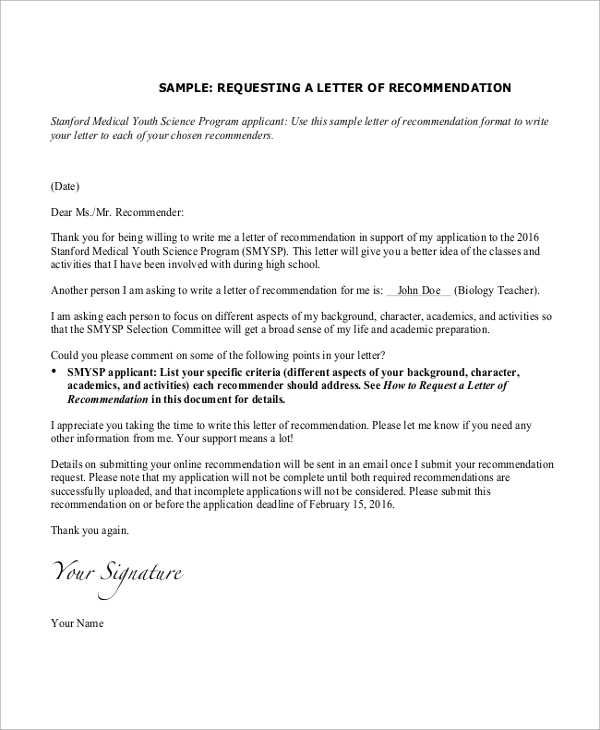
When seeking support from someone for your academic or career pursuits, it is essential to approach them with a well-crafted message. The way you ask for a favor like this can greatly impact the outcome. It’s important to communicate your request clearly, respectfully, and in a manner that reflects the professional nature of your relationship with the person.
Crafting a strong message involves more than just stating your need. You should provide the person with enough context to understand why their input is valuable and how it can help you achieve your goals. A thoughtful approach can make all the difference in receiving a positive response.
By focusing on the right tone and structure, you can increase the chances of getting a favorable reply. Whether you’re applying for a job, a scholarship, or an academic program, the support of someone with experience can be an invaluable asset in your journey.
How to Write a Request Email
Crafting a request for support from someone requires a balance of politeness, clarity, and professionalism. It’s crucial to be concise while ensuring that the purpose of your request is fully understood. A well-structured message helps the recipient grasp the importance of your request and increases the likelihood of a positive response.
Start with a Clear and Polite Introduction
Begin by addressing the person respectfully. Acknowledge your relationship with them briefly and clearly explain why you’re reaching out. Make sure to express gratitude for their time and consideration right from the start.
- Use formal greetings if the person holds a position of authority or if your relationship is professional.
- Introduce yourself if the recipient may not remember you immediately, providing context for the request.
Explain the Context and Purpose
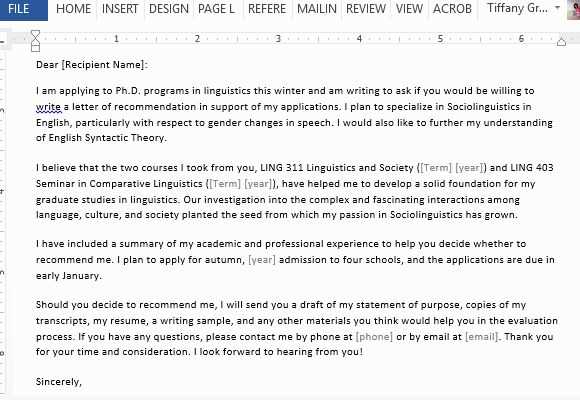
After your introduction, clearly state the reason you are reaching out. Be specific about what you need and explain how their input will contribute to your goals. Providing background helps the recipient understand why their endorsement is important to you.
- Give a brief overview of what you’re applying for and how it aligns with your objectives.
- Mention why you believe they are the ideal person to assist you.
Conclude by offering to provide any additional information they may need to make their decision easier. Always thank them for considering your request and express your appreciation for their time and effort. Politeness and professionalism go a long way in this type of communication.
Choosing the Right Tone for Your Request
The tone of your message plays a crucial role in how your request will be received. It’s important to strike the right balance between formality and friendliness. A tone that is too casual may seem unprofessional, while one that is too formal might come across as impersonal. Your message should reflect respect for the person’s time and expertise while conveying your needs clearly and politely.
When making such a request, it’s best to be courteous without overdoing it. Express gratitude upfront and maintain a tone of professionalism throughout the message. However, don’t hesitate to personalize your approach based on your relationship with the recipient. If you’ve worked together closely, a slightly warmer tone might be appropriate. In contrast, if you don’t know the person well, a more formal and neutral tone will be better.
Above all, avoid sounding demanding or entitled. While it’s natural to want assistance, your message should always acknowledge that the person is doing you a favor by considering your request. A respectful tone increases the chances of a positive response and keeps the relationship professional.
Essential Elements of a Request
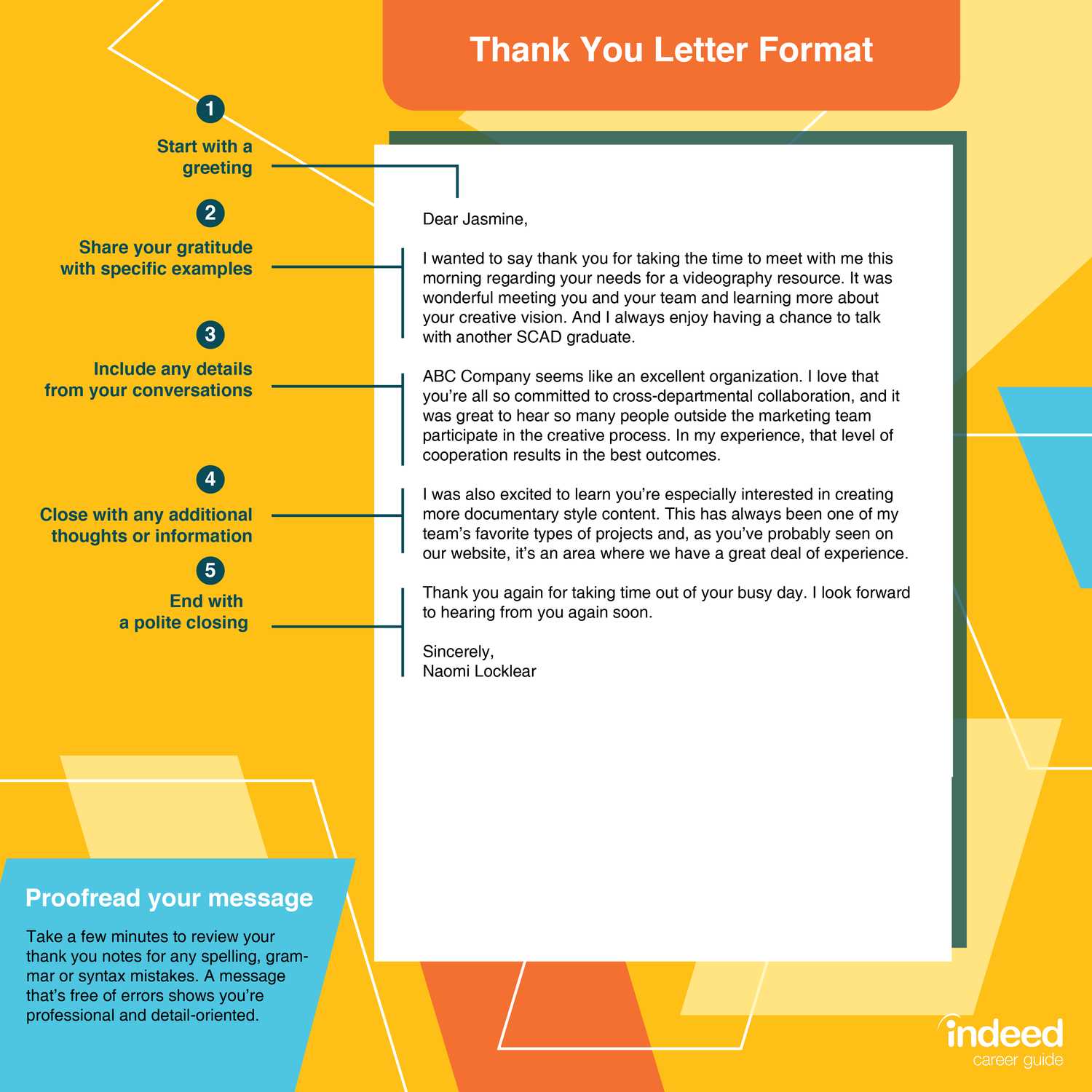
When requesting support from someone, certain key components must be included to ensure that your message is clear, respectful, and provides all the necessary information. The content should be structured in a way that helps the recipient easily understand your needs while highlighting your appreciation for their time and help.
First, make sure to provide sufficient context. The person you’re reaching out to may not immediately recall details about your academic or professional background, so offer a brief reminder of your connection. This helps set the stage for your request and makes it more personal.
Secondly, be specific about what you need and why you’re asking them. Clearly state the purpose of your request and explain why you believe they are the right person to assist you. Offering some background information about the program or opportunity you’re pursuing helps the recipient understand how important their support is to you.
Lastly, make sure to include details about the format or any specific information you need from them. This can include deadlines, any forms they may need to fill out, or key points you’d like them to address. This will help the person fulfill your request with ease and accuracy.
Common Mistakes to Avoid When Asking
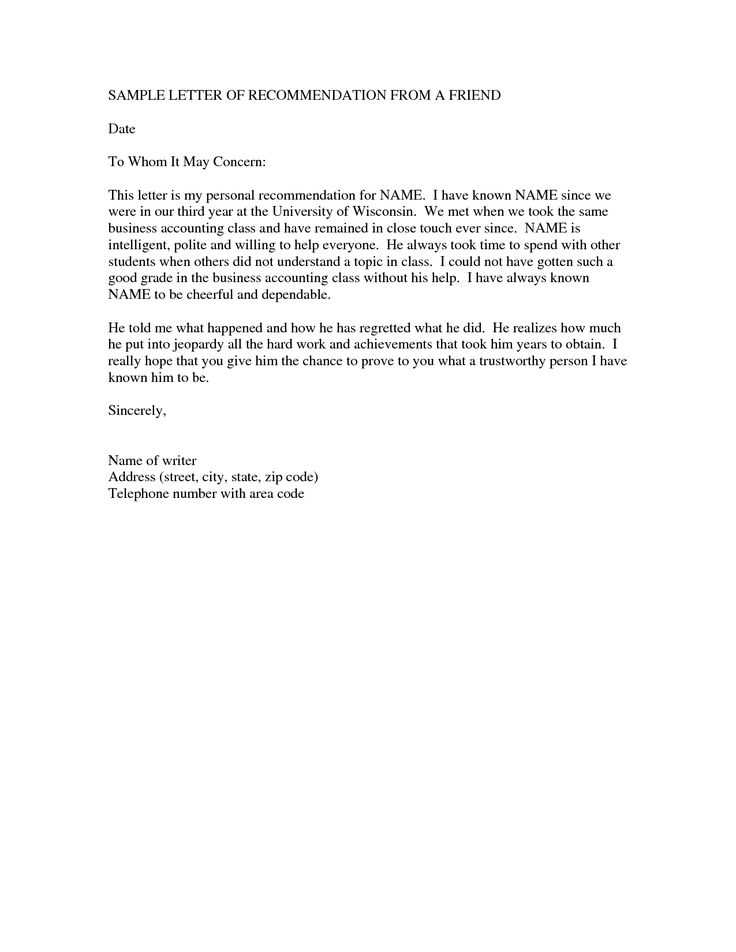
While reaching out for support, it’s easy to make errors that could hinder your chances of a positive reply. Understanding common missteps can help you craft a more effective and respectful request. Avoiding these mistakes will not only increase your chances of success but also ensure that your communication remains professional and polite.
Failing to Be Specific is one of the most frequent mistakes. If your request is vague, the recipient might not fully understand what you need or why their input is important. Always be clear about the purpose of your request and what kind of assistance you are seeking.
Neglecting to Express Gratitude can also undermine your approach. A request without a polite acknowledgment of the person’s time and effort may come across as entitled or impolite. Make sure to thank the individual both at the beginning and end of your message.
Overloading the Recipient with Information can be overwhelming. While context is essential, overwhelming the reader with excessive details can create confusion. Stick to key points and keep your message concise and focused.
Sending the Request at the Last Minute is another error that can lead to frustration for the person you’re reaching out to. Always give ample time for them to consider and respond to your request, ideally at least a few weeks before any deadlines.
When to Send Your Request
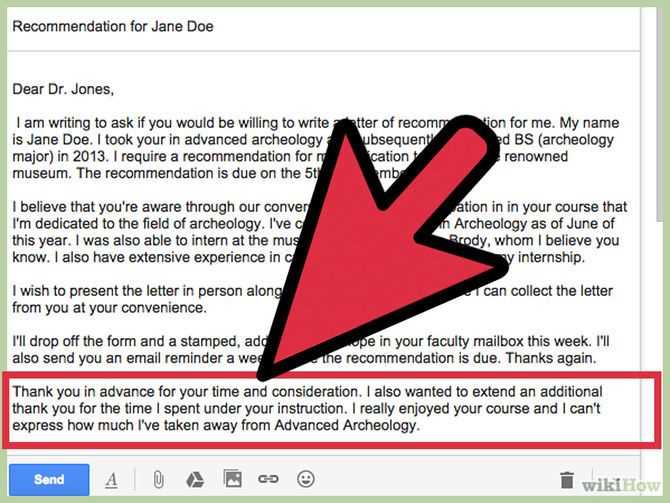
Timing is a crucial factor when reaching out for support. Sending your request too early or too late can affect the likelihood of receiving a response. It’s important to consider both the recipient’s schedule and any deadlines you may be working with.
Here are some guidelines to ensure your timing is appropriate:
- Give ample notice: Always allow the person enough time to consider your request and respond. Ideally, send your message at least two to three weeks in advance, depending on the complexity of the task.
- Avoid peak busy periods: Be mindful of times when the recipient may be overwhelmed, such as the beginning of the academic year or during major work deadlines. Sending your request during a quieter period increases your chances of getting a thoughtful response.
- Respect personal schedules: If possible, inquire about the person’s availability beforehand to avoid contacting them during a time that might be inconvenient.
By considering these timing factors, you can ensure that your request is both respectful of the recipient’s time and well-positioned for success. Proper timing shows professionalism and increases the likelihood of a positive reply.
How to Follow Up Politely
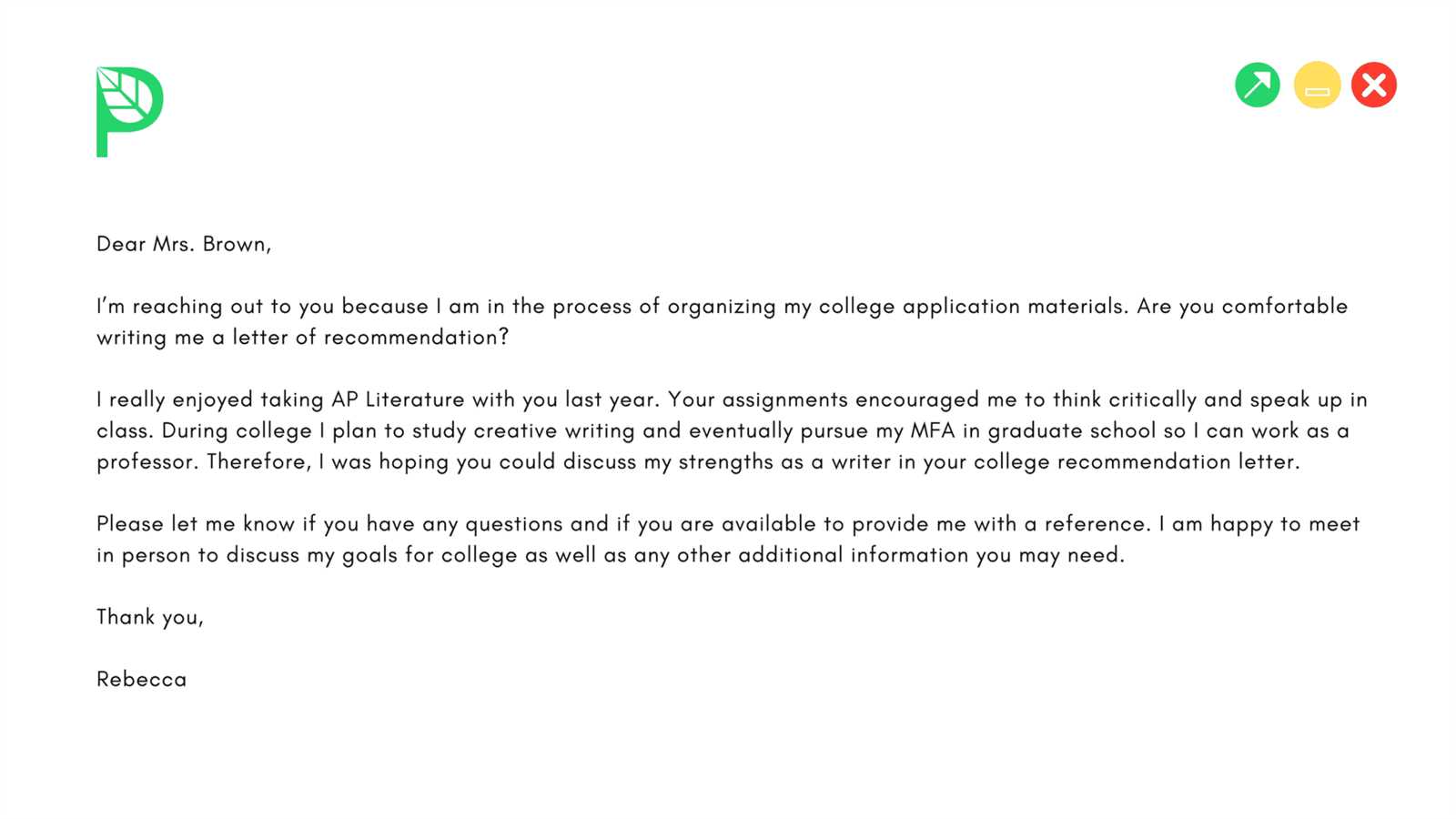
After submitting your request, it’s important to follow up if you haven’t received a response within a reasonable time frame. A polite follow-up shows professionalism and respect, ensuring that your initial message hasn’t been forgotten. However, it’s crucial to approach this step with care, as you don’t want to appear too demanding or impatient.
Here’s how to follow up respectfully:
| Step | Action |
|---|---|
| Timing | Wait at least 7 to 10 days before following up. This gives the recipient enough time to review your request and respond. |
| Polite Reminder | Begin your follow-up by acknowledging the person’s busy schedule. Gently remind them of your previous message without pressuring them. |
| Express Understanding | Show empathy by recognizing that they may have other priorities. This helps maintain a cordial tone. |
| Close with Gratitude | End your follow-up by thanking them once again for considering your request, regardless of their decision. |
By keeping your follow-up polite and understanding, you demonstrate respect for the person’s time, while also showing your eagerness and appreciation for their potential help.